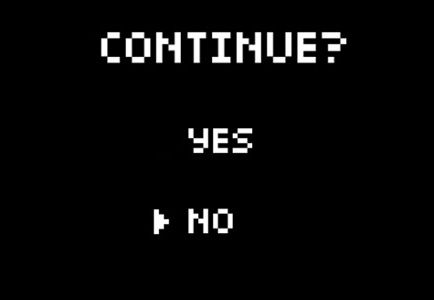
There’s a particular kind of heartbreak that only online gamers know: the final server shutdown. It doesn’t come with a dramatic boss fight or a Game Over screen. It’s usually a quiet, sad fade-out, maybe with a dev livestream and a few players dancing in a town square as the world blinks out.
MMOs aren’t like regular games. They’re social worlds. Digital homes. Places you log into not just to grind XP, but to meet friends, join guilds, goof off, and feel part of something. So when a game shuts down—really shuts down—it’s not just a lost hobby. It’s grief.
Whether you spent thousands of hours in World of Warcraft, Club Penguin, Toontown, or Final Fantasy XIV (RIP original version), the experience of saying goodbye is weirdly emotional. All those achievements, outfits, in-jokes, and awkward emotes—they vanish. You can’t download your guild chat. You can’t save the market you built in your player housing. The screenshots and video clips you salvaged are all you have.
Unlike single-player games, you can’t just reinstall it. When it’s gone, it’s gone.
Why Do MMOs Shut Down?
The reasons are as varied as the genres:
- Low player count = server costs not worth it.
- Corporate mergers = strategy shifts.
- Licensing issues = can’t legally keep it running.
- Or the worst offender: “We want to focus on new projects.” Translation: we’re done supporting this thing you love.
Sometimes players get warning. Sometimes they don’t. Sometimes the devs host a farewell event. Sometimes it just… stops.
Preserving digital worlds isn’t just nostalgic, it’s important. These games are cultural artifacts. They were the social spaces of our youth. Our first online friendships. Our first taste of community leadership. They mattered.
But the industry moves fast, and nostalgia doesn’t pay server fees.
So if your favorite MMO is still running? Log in. Dance in the tavern. Help a new player. Screenshot everything. You never know when the credits will roll.
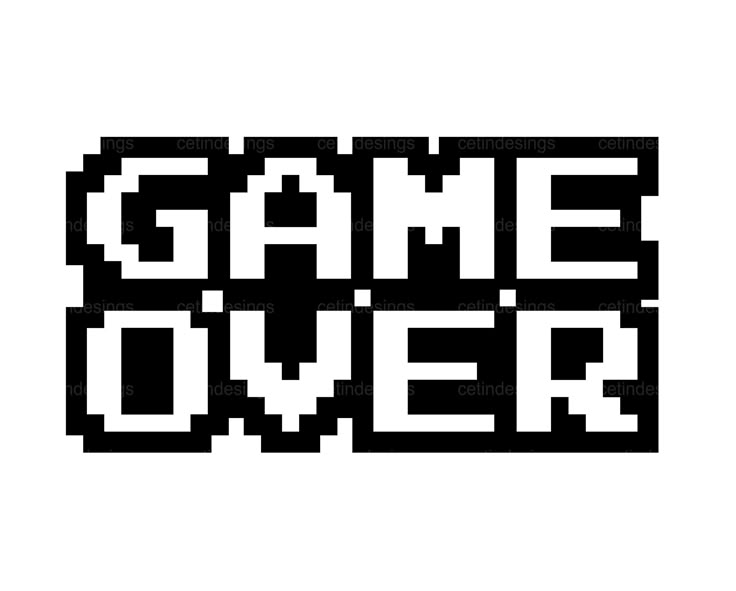



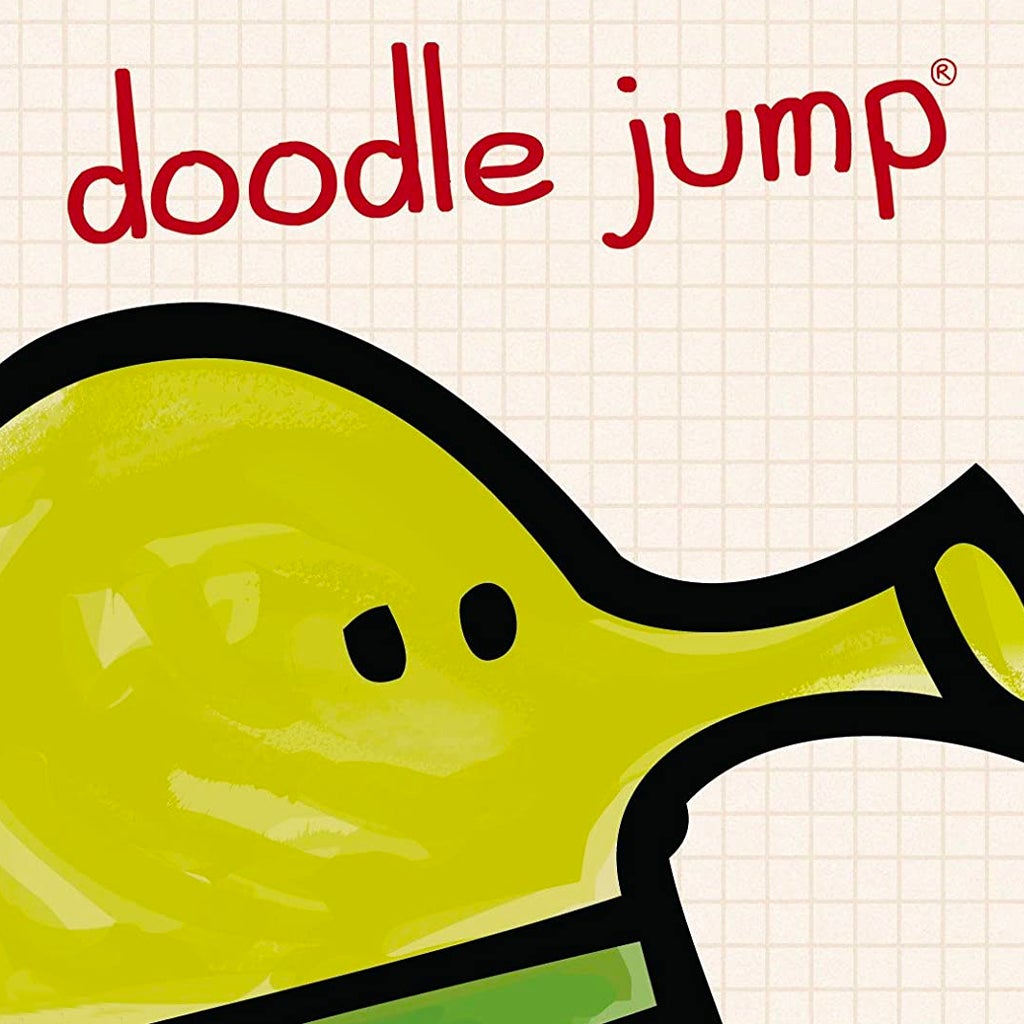
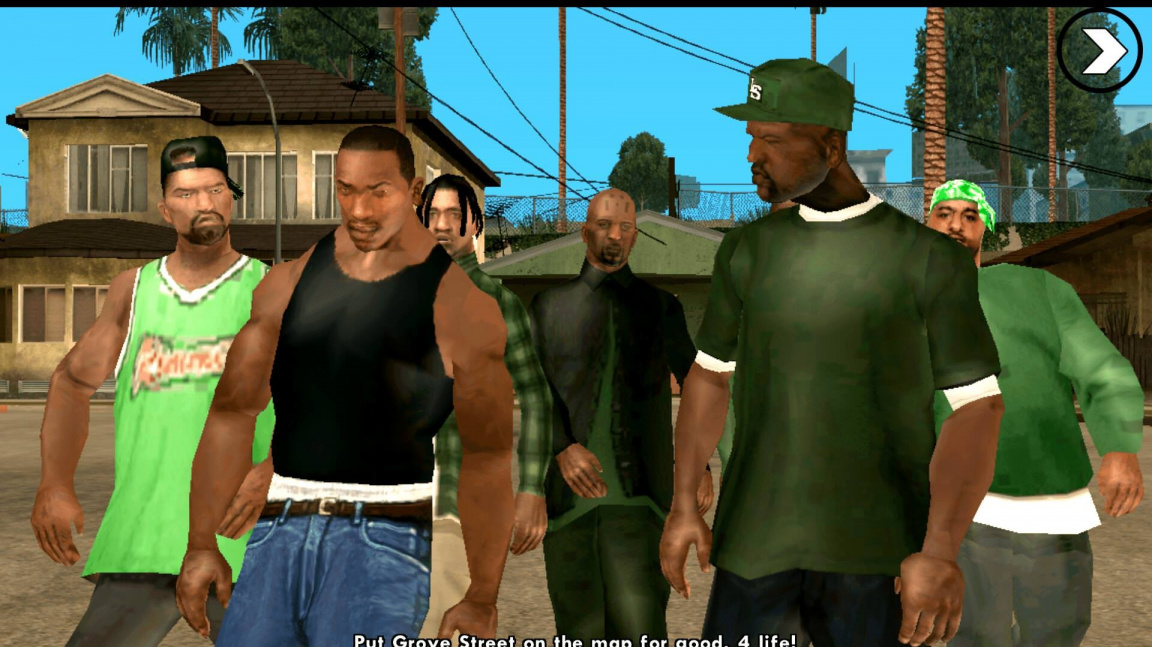
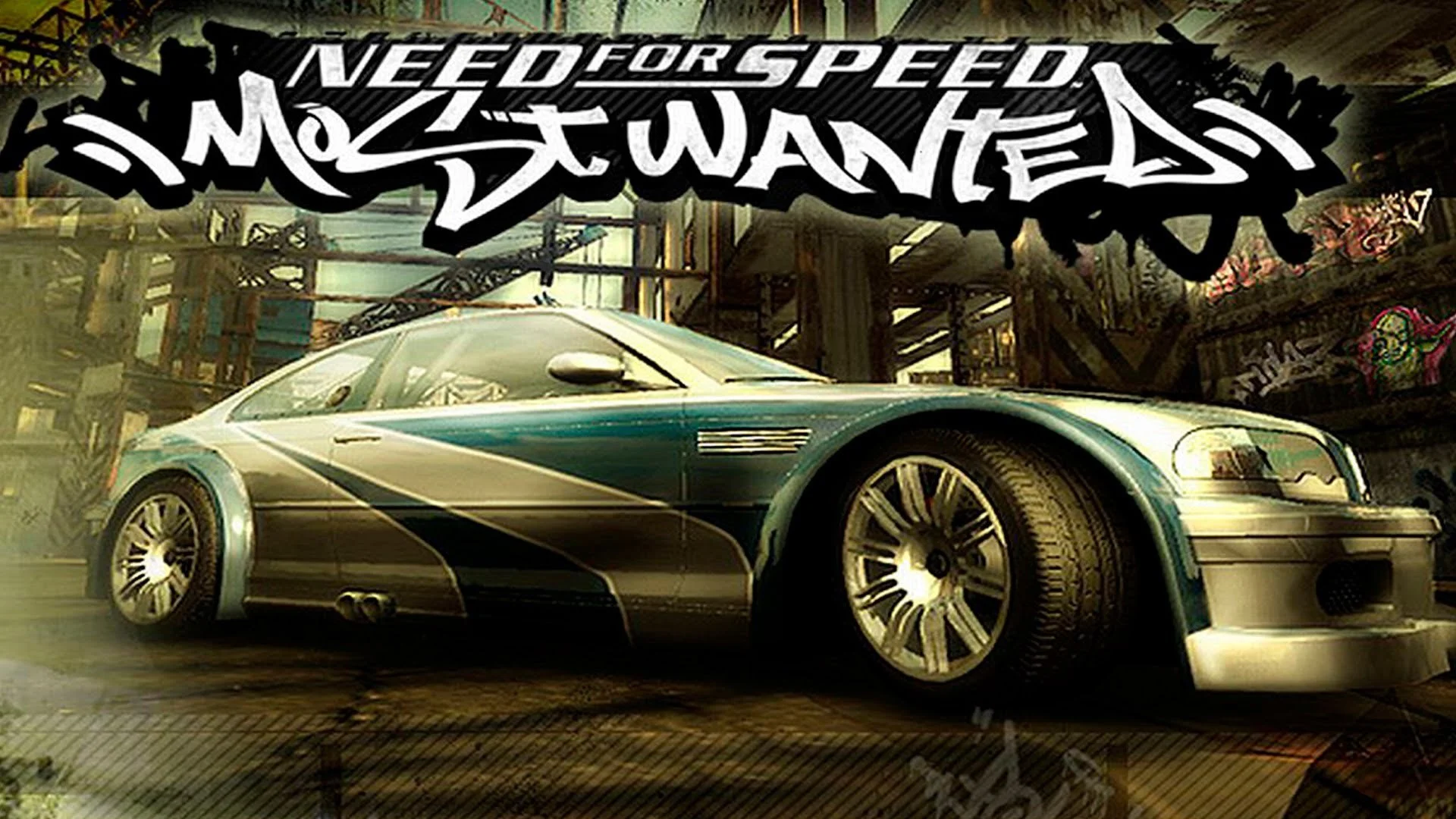

Leave a Reply